Is the Katimokatim coffee bean Arabica? Taste description of the difference in flavor between Katim and tin pickup coffee beans
Professional coffee knowledge exchange more coffee bean information please follow the coffee workshop (Wechat official account cafe_style)
For more boutique coffee beans, please add private Qianjie coffee on Wechat. WeChat account: qjcoffeex
Katim coffee beans belong to Arabica. Although it has Robusta genes, Katim belongs to the Arabica breed because of the large proportion of Arabica genes.
The source of Katim.
Katim is a hybrid of Timor and Kaddura, which has strong resistance to rust.
Katim came from a cross between Tim and Kaddura, who are resistant to rust in Portugal in 1959. Its flavor is characterized by bitter acid with a little astringent taste and a salty aftertaste. Because there are not too many requirements for planting space, strong resistance to leaf rust and high fruit yield, it has become one of the few Arabica varieties with high yield.

At the same time, the variety can adapt to the climate at different elevations. Katim planted at an altitude of 600-1000m will have a bitter taste, with the sour taste of plums and herbaceous taste, so it will be used as a raw material for instant coffee.
The Katim coffee beans planted above 1200 m above sea level are of the same quality as Bourbon, Kaddura and Kaduai, with the acidity of plums, the sweetness of caramel and the aftertaste of roasted nuts.
How about Katim coffee in Yunnan?
Although Yunnan coffee had a poor reputation ten years ago, in recent years, with the strong support of the Yunnan government, coffee trees have been planted more scientifically, and more attention has been paid to the extraction and drying process of coffee beans. Yunnan Katim Coffee is not what it used to be.
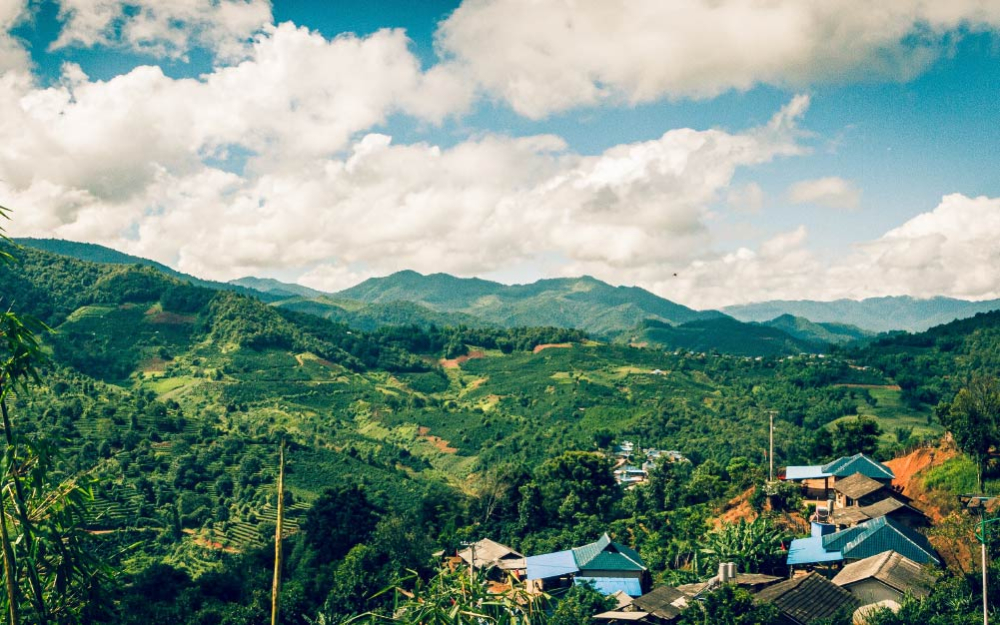
Due to the diurnal temperature difference caused by high-altitude planting and the nutrients of Yunnan red soil, today's Yunnan Katim coffee usually has plum-like acidity, caramel sweetness and nutty finish, as well as a slight grassy flavor.
This is the unique flavor of Yunnan producing areas for a long time. Therefore, among the signature rations of Qianjie coffee, we selected washed Katim coffee beans from Baoshan area at an altitude of 1200m. After moderate baking and proper cooking, it can show the acidity of plums, the aroma of melon and the sweetness of brown sugar tea.

How about Yunnan iron card small grain coffee?
But Qianjie Coffee believes that if you want to improve the quality of Yunnan small-grain coffee, it is more important to start with changing varieties. Because Qianjie Coffee began to grow tin card varieties at an altitude of about 1300m in Lincang, Yunnan Province in 2013.
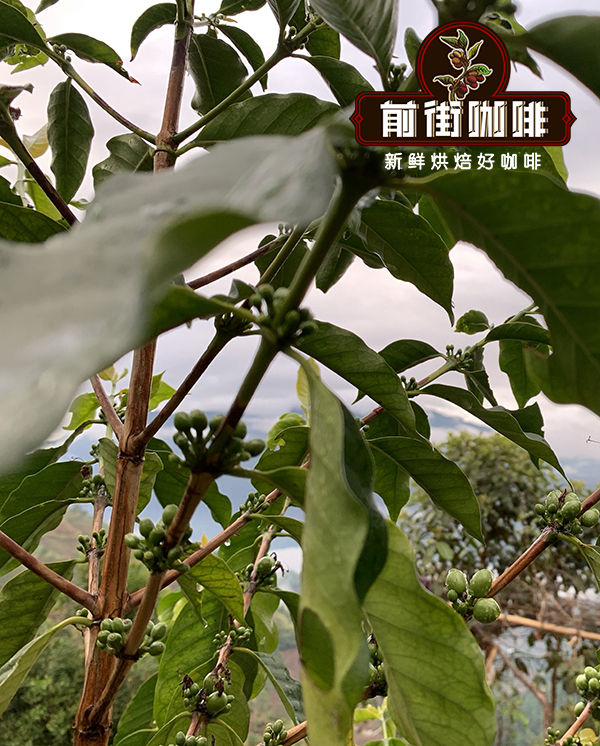
Qianjie chose to plant the tin card variety because it is the oldest member of the Arabica variety, and its greatest feature is its high cleanliness and sweet flavor. When Yunnan first planted coffee trees, it was also a variety of iron pickups.
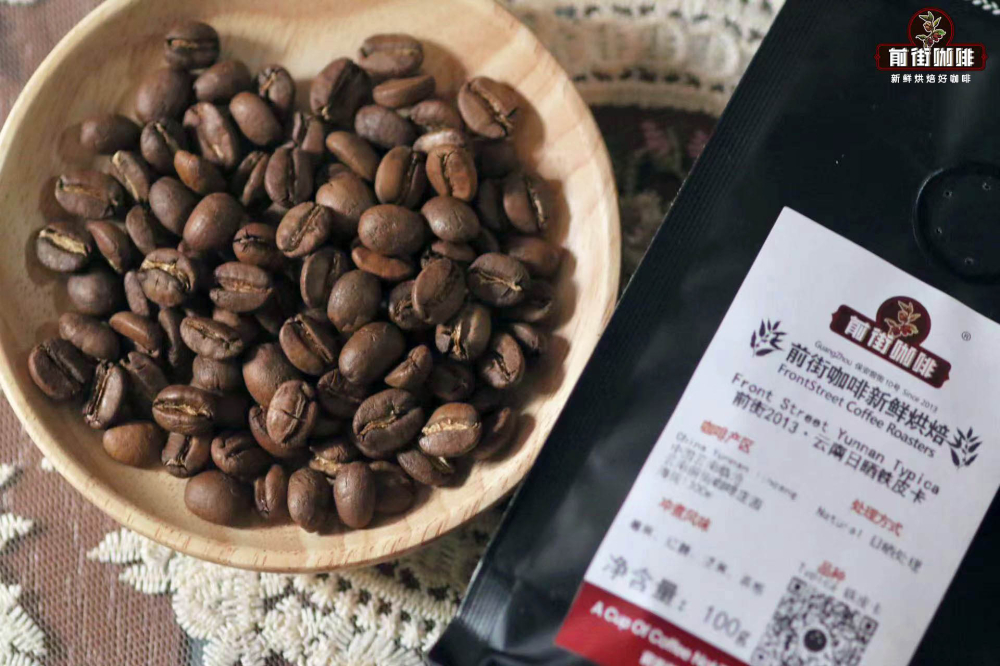
However, later, due to general reasons, many iron pickups were cut off, and in the later stage, because Nestl é won the treasure land of Yunnan, and introduced Katim with higher production, Yunnan now mainly grows Katim varieties.
Because the variety is genetically pure and has the characteristics of high cleanliness and sweetness, the iron pickup beans grown in Yunnan will taste cleaner and fuller than Katim coffee beans.
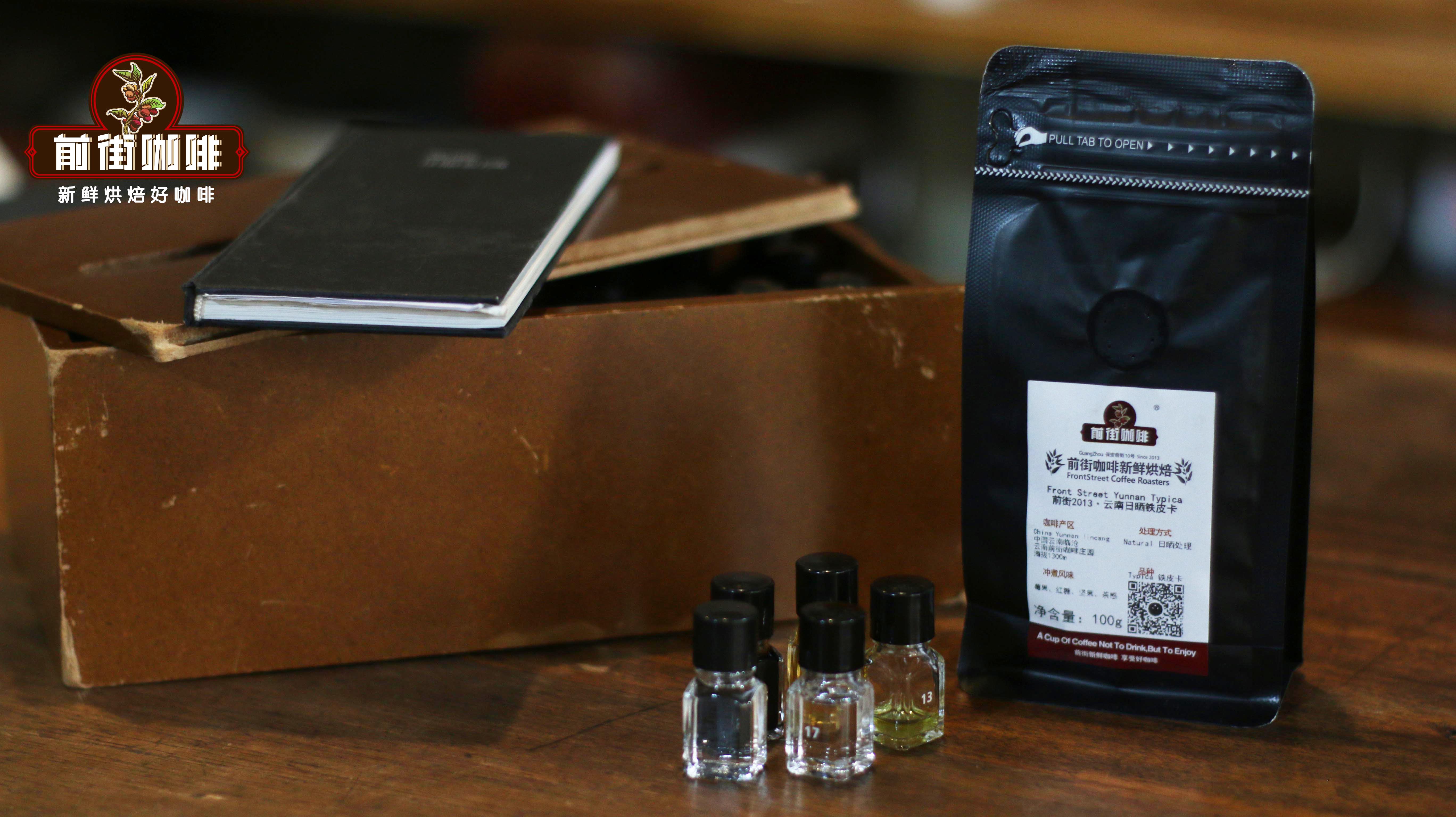
The Yunnan iron truck grown in Qianjie Coffee uses traditional sun treatment. After moderate baking, it can show Brin-like sour and sweet, soft berry fermented aroma, brown sugar-like sweetness and black tea-like sweet.
Important Notice :
前街咖啡 FrontStreet Coffee has moved to new addredd:
FrontStreet Coffee Address: 315,Donghua East Road,GuangZhou
Tel:020 38364473
- Prev

Seven Coffee producing areas in Costa Rica-the grading system of Tarazhu Coffee treatment in Costa Rica
Coffee workshop (Wechat official account cafe_style) Coffee was first cultivated in Costa Rica on the slopes of the Poas and Barva volcanoes, today known as the Central Valley (Central Valley). After years of development, there are now seven major coffee cultivation areas. 1.Tarrazu (
- Next
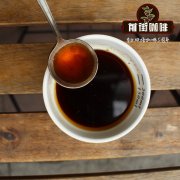
The characteristics of Katimo Coffee Cafe Coffee Cafe Coffee Coffee Cafe Coffee Cafe Cafe Coffee Cafe Coffee Coff The taste of Katimo coffee
Professional coffee knowledge exchange more coffee bean information please pay attention to the coffee workshop (Wechat official account cafe_style) Coffee tree is a shrub, botanically it belongs to the Rubiaceae family (Rubiaceae) of the genus Coffea, with more than 6000 species belonging to more than 500 genera. Although 25 to 100 of them have been questioned whether they should be included in the Coffea. Most of the raw beans with economic value belong to C.
Related
- Detailed explanation of Jadeite planting Land in Panamanian Jadeite Manor introduction to the grading system of Jadeite competitive bidding, Red bid, Green bid and Rose Summer
- Story of Coffee planting in Brenka region of Costa Rica Stonehenge Manor anaerobic heavy honey treatment of flavor mouth
- What's on the barrel of Blue Mountain Coffee beans?
- Can American coffee also pull flowers? How to use hot American style to pull out a good-looking pattern?
- Can you make a cold extract with coffee beans? What is the right proportion for cold-extracted coffee formula?
- Indonesian PWN Gold Mandrine Coffee Origin Features Flavor How to Chong? Mandolin coffee is American.
- A brief introduction to the flavor characteristics of Brazilian yellow bourbon coffee beans
- What is the effect of different water quality on the flavor of cold-extracted coffee? What kind of water is best for brewing coffee?
- Why do you think of Rose Summer whenever you mention Panamanian coffee?
- Introduction to the characteristics of authentic blue mountain coffee bean producing areas? What is the CIB Coffee Authority in Jamaica?

